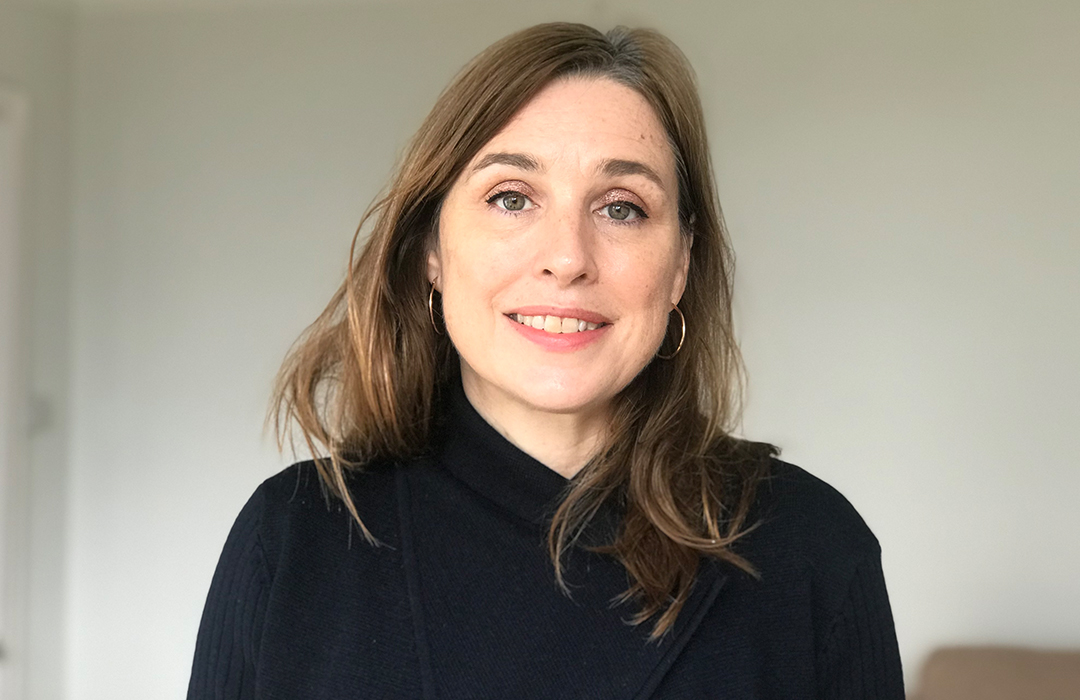"The world does not revolve around us."
AI: More than Human Co-curator, Suzanne Livingston explains how we should reshape our relationship with AI.

The exhibition asks us to reconsider our view of AI, can you explain the motivation behind this?
The core premise of the show is that even the idea of the human being is contested territory. The ‘them and us’ narrative which shapes much of the AI debate right now, is for me wrong footed. AI shapes us, we shape it, just as is the case between us and many other aspects of our social, cultural and biological environment. Many of the cast iron defining qualities of what makes us human – our intelligence, creativity, emotional life - are in question and will ever more be so. Other entities will increasingly be able to make claim to those qualities too, in some form, be it in their own way. We can treat this as frightening, if we assume that we are the only beings with a right to those qualities or we can treat it as empowering and expanding – it means we have the possibility of partnering, merging and evolving in many different directions.
The exhibition was co-curated with Maholo Uchida, what inspired your partnership?
It was a match created by the Barbican team, one for which I will always be grateful. Maholo is a hugely respected international curator who brought with her a fascinating set of ideas and personal artistic connections. She also, of course, brought an extremely valuable aspect of the show – the Japanese cultural view of technology which offers so much to learn from.
"The ‘them and us’ narrative which shapes much of the AI debate right now, is for me wrong footed."
Just how pervasive is AI in our lives?
This is a good question and one which is hard to definitely answer. It is possible to judge the presence of AI in our lives by obvious means (search engines, chatbots, self-driving cars) but really the presence of AI runs much deeper and in ways which we often can’t see. It is its role in the critical systems of our lives – food production, energy, banking, city planning, logistics, weather, education – which is worth giving thought to. And many of these uses of AI can be very positive – producing more efficient, tailored and accurate outcomes in all kind of areas. AI has the potential to help us use our resources in a much more careful ways through less errors and less waste.

What do you think the future looks like?
I think we’re at a critical point. We have to stay engaged and interested in what is going on around us. We will need to educate ourselves, so we make informed decisions. I often think AI is a call for us to keep raising our level of intelligence and critical thinking too, on a macro social level, rather than just checking out and going with the flow. That could be dangerous. The future is bright if we respect these technologies, learn from them, understand them, rather than just treat them as an underclass, doing the most basic jobs. AI can help us solve huge problems in the world, but we have to understand those problems deeply (like climate change) and really want to do something about them. At its worst, AI could become a great amplifier of the worst human qualities – greed, power, prejudice, egotism and manipulation. We have to get beyond ourselves, in order to think, preserve and nourish the context we live in.
"AI has the potential to help us use our resources in a much more careful ways through less errors and less waste."
What may surprise people about the exhibition?
I think what might be surprising for people is how far back we track the roots of AI. The desire to attribute or attach intelligence to inanimate objects can really be tracked back to the dawn of human life and culture. We can see it throughout the history of science, literature, art and spirituality. Ancient stories of the Golem are a great example, and Frankenstein and The Sandman by ETA Hoffman are amongst the most famous. It is pretty fascinating to me how we can feel emotion, or fondness for inanimate objects. One of the most popular objects in our show is the Sony aibo – a robotic dog – which many members of our audience found completely beguiling. Of course, it’s just metal and isn’t alive in the traditional sense. It does have some kind of emotional power or presence though.
"The desire to attribute or attach intelligence to inanimate objects can really be tracked back to the dawn of human life and culture."
What do you hope people will take from the exhibition?
I hope it’s a mind opening experience. And I hope it removes the binary thinking which often surround these technologies – the them/ us, good/bad/, dead/ alive dichotomies. Our very existence – our evolution – as a species has been shaped by technology. We have relied on it to survive, thrive and physically evolve. This will continue to be the case. The final section of our show on Artificial Life proves that very clearly. I think our connection to technology is much more a merging of species and forces than has been conventionally thought. If we can see how we need our wider ecosystems to survive then I think we will be taking a less egocentric place in the world. The world does not revolve around us. It preceded us, and as some might say, is likely to supersede us too. The timeline on that might well be dependent on the damage we do, the blindness we show to our context and what we rely upon.
